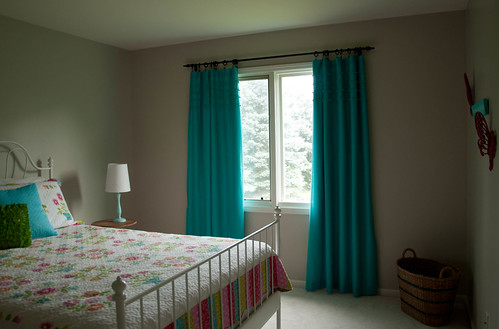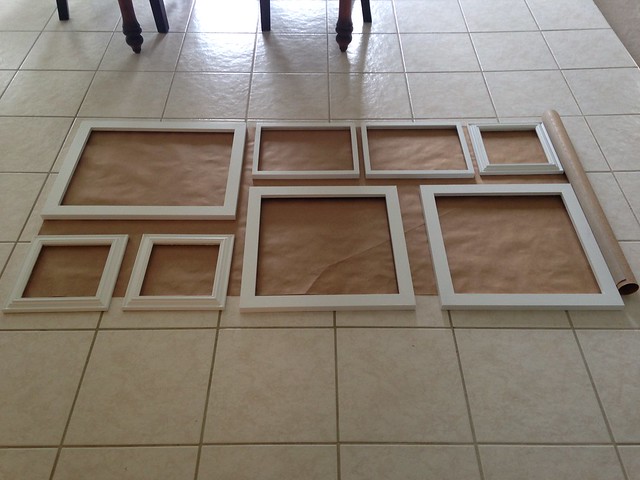Creating an earring holder using burlap and a floating frame is ridiculously easy!


When I decided long ago that I would make a picture frame earring holder like the gazillion I had seen on Pinterest, I shrugged to myself and thought, "I won't even blog about that one. Everyone has seen that project already."
Fast forward to a few days ago and now I'm thinking, "I must blog about this! The world needs to know!"
Here's what you need to know. If you use a floating frame (you know, the kind with the two sheets of glass that you put your photo/document/postcards from your honeymoon in between), this project is ridiculously easy.

I didn't have a tall and narrow frame that I envisioned for this project in my stash, so I hit Jo-Ann again and saw most frames were 40-50% off. I grabbed the one above because it was the size I wanted and intended to staple gun or glue gun or whatever gun some burlap or lace onto the back. The fact that this was a floating frame was just a little serendipity, I guess.
To my delight, I found that this project with this kind of frame requires no craft weaponry at all--no glue guns, no staple guns, nuthin'. Watch this.

Disassemble your frame into it's basic parts. Set aside the glass and hardware, as all you need now are the frame and the smaller inner frame.

With the frame face down, lay the fabric of your choice over top. I used burlap from a hardware store, the really loose-weave kind, not the tighter stuff you find at fabric stores. I thought this would work well for hanging earrings. I arranged it on an angle to make a diamond pattern with the weave just for fun.
Fold the fabric under the edges of the frame a bit to provide a little tension and resistance for the next step.

Push the inner frame on top of the fabric.

Trim the edges, and guess what. You're done! That's it. Hang your frame, hook your earrings, and there you have it.


This earring holder made from burlap and a floating frame is the perfect complement to my Ikea rod and hook necklace hangers!






















